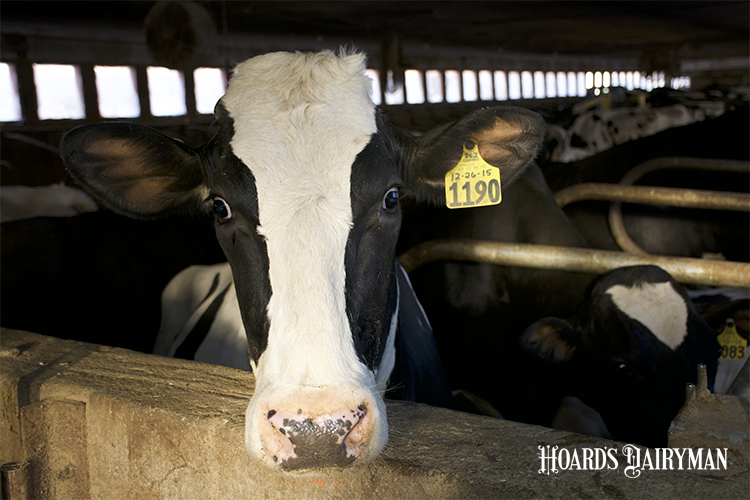
Most would agree that pretty cows are nice to look at, but a recent study showed cows with positive conformation traits appeal to both the eyes and the checkbook.
Using nearly 20 years of linear classification data and production records from more than one million cows, Holstein Association USA assessed the relationship between classification score, longevity, and productivity. Physical conformation of economically important traits is evaluated via linear type classification programs, and cows that score higher are closer to ideal conformation.
Cows in the study were split into quartiles based on their final classification scores. For first lactation cows, the first quartile consisted of cows with final scores between 82 and 89 points. These animals produced 1,537 more pounds of energy-corrected milk than cows in the bottom quartile with a final classification score at 76 points of below. Using $20 per hundredweight (cwt.) for a milk price, these cows would make $307 more in gross revenue during the first lactation.
Over a lifetime, cows in the top quartile made 13,389 more pounds of energy-corrected milk compared to cows in the bottom quartile. At $20 per cwt. milk, that is an extra $2,678 in gross revenue per cow. These cows also had 142 more days in milk over a lifetime than the lowest scored cows.
Not surprisingly, the traits most correlated with milk yield and longevity focused on the udder and feet and legs. Overall, the study showed a positive link between physical conformation, productivity, and longevity which, in turn, has a positive impact on dairy herd profitability.








